Sichuan in the Yangshao period said from the Panshan site of Yingguan Panshan 丨 Archaeological China
Author:Cover news Time:2022.06.29
To tell the story of the prehistoric Sichuan, we cannot go around the northwest of Sichuan and the upper reaches of the Minjiang River.
About 6000 years ago, when the Central Plains was swept the wind of Yangshao, there was a group of people settled on the upper reaches of the Minjiang River on three sides, and a group of people settled on one side. They use magnificent pottery in daily life, use hole stone knives as farming tools, and even make pottery -shaped face -to -face expression.
Later, people called this area as the Panshan Site of Maoxian.
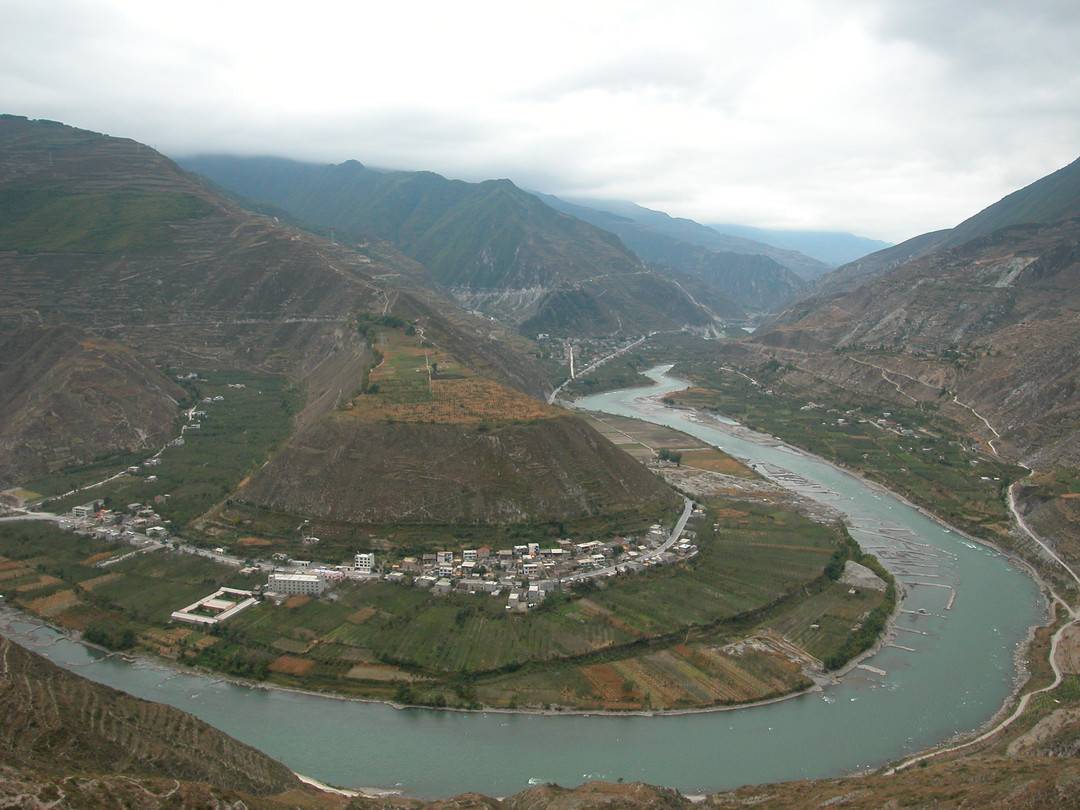
Yingguanshan Site
Looking at the map far, the site group includes multiple cultural relics such as Yingguanshan Site and the Boede site. Standing outside the time, we expanded their sights. In the northwest direction, the Malkhaxu, Konglong, Jinchuan Liujiazhai and other places in the Dadu River Basin have left many lives for thousands of years. Mark of.
The site of the stars is connected to the prehistoric footprint of the ancestors of the ancestors in the northwest of Sichuan, which is called the proximal sources of ancient Shu civilization by archeologists. Archaeological players were looking for clues in the lack of information, put together to restore the stories that happened on the Chinese land at that time: in the distant Yangshao era, the dawn of civilization in the middle of the land, and the temples in the middle of Yangshao with a strong momentum of strong momentum. Blooming in all directions, the Yellow River Basin and the Yangtze River Basin have been linked.
"Crazy" expanded temple undercut culture
Before talking about the Sichuan area of the Yangshao era, you may wish to talk about Yangshao culture.
Yangshao Culture exists from about 7000 to 5000 years ago, and is a colorful pottery culture in the middle reaches of the Yellow River. It was initially discovered in Yangshao Village, Sanmenxia, Henan, and named it. In fact, the peak of the development of Yangshao Culture is not at Yangshao Village, but from the temple gutter of Sanmenxia, scholars calling the glory of Yangshao Culture Temple Ditch.

Color pottery unearthed from Yingguanshan Site
In 2021, on the occasion of the century of China's archeology, the Gonggou Archaeological Site Park was officially opened. The water -ripple -like pottery pots exhibited there are exactly the same as the pottery unearthed from the Panshan Site of Maoxian, Sichuan, more than 1,000 kilometers away.
The Yingpanshan Site is located in Mao County, Sichuan. Under the unified command of the Cultural Relics Bureau of Sichuan Province, since 2000, the Chengdu Cultural Relics and Archeology Research Institute, together with the relevant units, conducted five excavations around Yingpanshan. Udu and other sites, confirmed that this is the new stone era site.
There are nearly 10,000 relics such as pottery, jade, stone, and bone artifact unearthed. The seeds of carbonized crops found mainly include two varieties of millet and crickets, which are typical northern drought agricultural systems.
"The excavation results have evidenced the prehistoric culture of Sichuan, which has actually been included in the authentic Yangshao era system." The deputy director and researcher of the academic committee of the Chengdu Cultural Relics and Archeology Research Institute, Chen Jian, the leader of the archeological excavation site of Yingpanshan site, proposed such a clear one View.
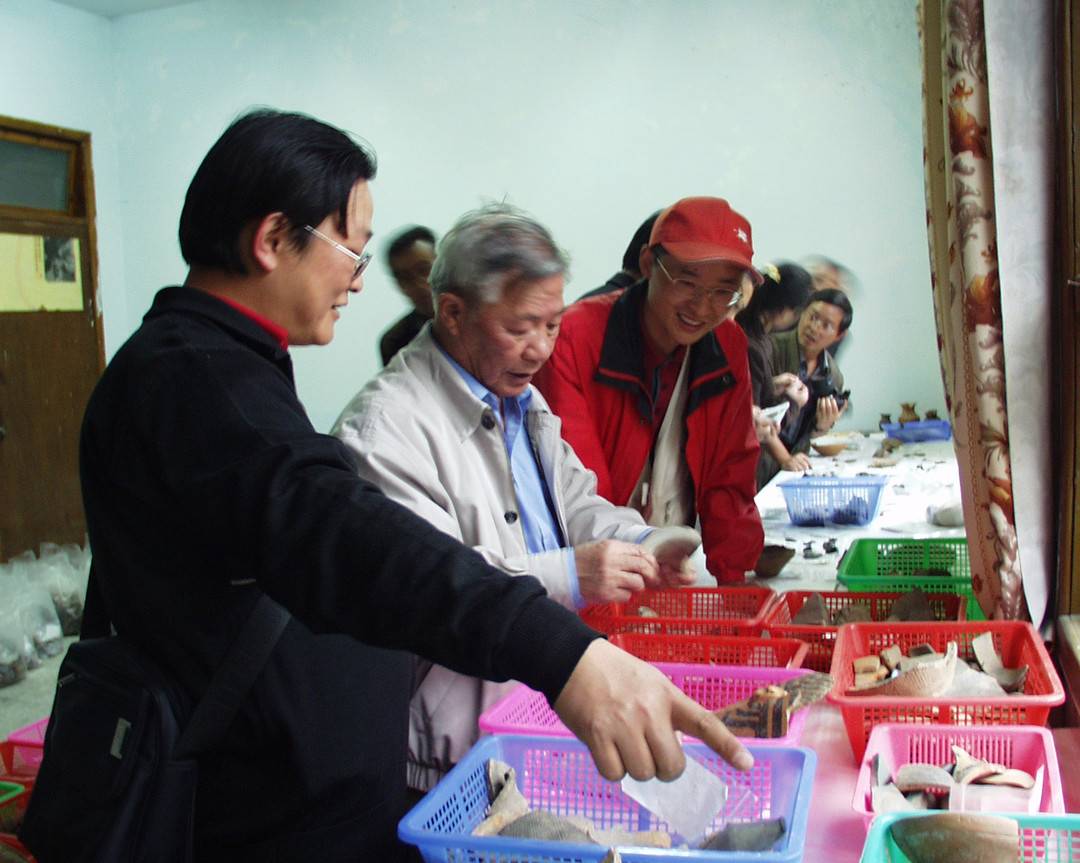
The famous archeologist Mr. Zhang Zhongpei inspected the cultural relics unearthed from the Panshan site on the spot
Miao Dougou culture from 6000 to 5000 years is the core and most developed stage of the Yangshao era. The influence of the "crazy" temple sorting culture in ancient times, like heavy petals, continued to open and spread outward, has affected many regions.
The well -known archeologist Mr. Wang Renxiang's expansion of the Temple Dougou Pottery was called "the wave of art of prehistoric China". Its petals are scattered in all directions, arrived in Gansu, turned over the mountains, and followed the channel of the Hengduan Mountains, and came to the Minjiang River in the upper reaches of the Yangtze River -now the northwest Plateau of Sichuan.
In Chen Jian's opinion, the impact of the cultural elements of the temple under the gap on Sichuan is even farther. More than a thousand years after the cultural popularity of Miao Digou, archaeologists found its shadow from the water ripples unearthed from Baodun Cultural Site.
At present, the academic community has basically agreed with this view: at least at the most prosperous stage of Yangshao culture -the era of temples, Sichuan has been included in a larger Chinese civilization system.
The road of colorful pottery from north to south
The expansion of the temple bottom gap culture has left many traces of relics in the prehistoric Sichuan. Archaeologists have a little understanding of the stories of Yingphan Shan 6000 years ago from these discoveries.
Chen Jian said that in general, when it comes to the composition of culture, it is generally necessary to start from the three aspects of material culture, institutional culture, and spiritual culture. Field archeology is mainly the discovery of material culture.
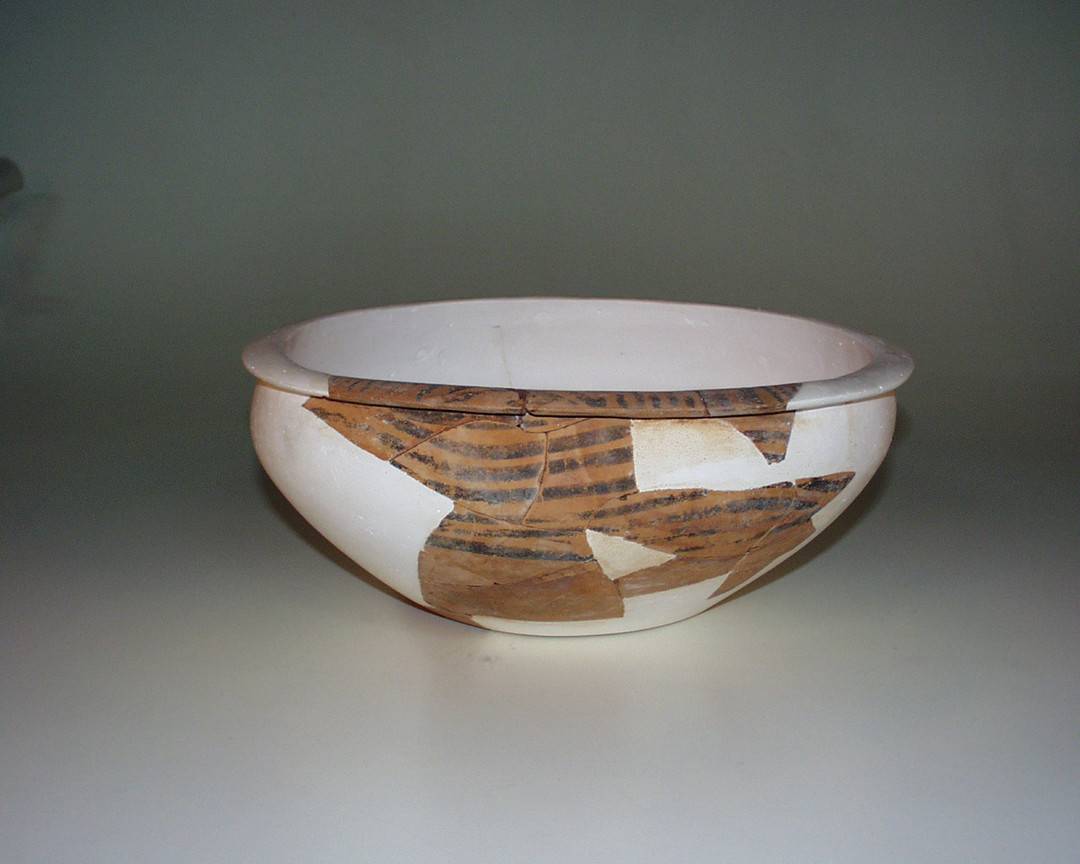
Color pottery unearthed from Yingguanshan Site
Since the excavation in 2000, the site of the Yingguanshan Site and the Liujiazhai site in the Dadu River Basin have unearthed a typical temple -bottom gap style and Majiayao style colorful pottery. They are the most typical physical evidence of cultural exchanges between the Central Plains and Sichuan region.
"The pattern is exactly the same." Chen Jian said that he had sent color pottery samples of the three sites of Bo, Yingpan Mountain, and Haruki. kind. "I am very happy, this confirms that our preliminary speculation is correct. The colorful pottery culture of the northwestern Plateau is closely related to the stages of the Yangshao Temple bottom ditch. They may have a colorful pottery from north to south." Chen Jian said Essence
After analyzing the colorful pottery ingredients, Chen Jian and his team colleagues began new speculation and research. Since there is such a close connection, how did color pottery come from the Yellow River Basin to the Yangtze River Basin? Is it to Sichuan directly through exchanges such as exchanges? Or do locals in the Yellow River Basin bring raw materials and technology to Sichuan for production? There is no conclusion that it needs to be improved by the evidence chain.
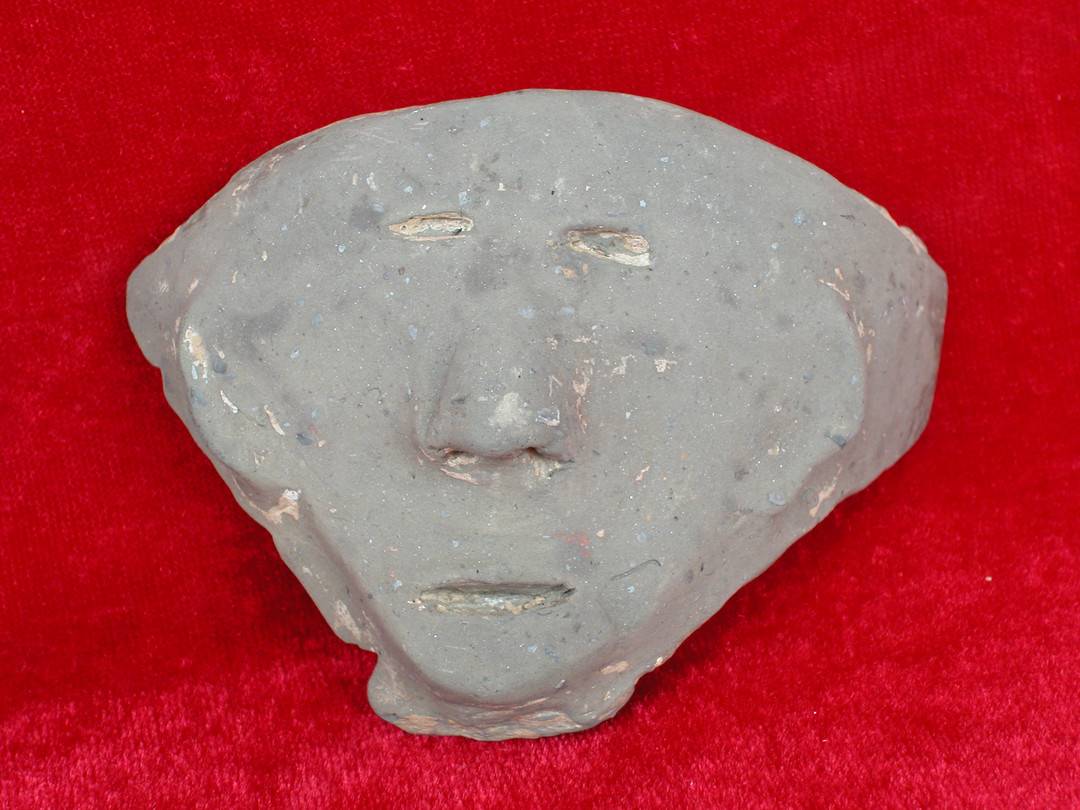
People unearthed from the site of Yingguanshan site
In addition to colorful pottery, the face of the human face used by Chen Jian as WeChat avatar is also an empirical. The ancestors of Ying Panshan used pottery as raw materials, making a face with thin eyes, convex noses, and small mouths. "The style of this kind of human face comes from the upper reaches of the Yellow River." Chen Jian said that the famous human head -shaped pottery bottle in the Gansu Dadi Bay site is another empirical. The discovery of the nine people's sacrifice pits was not only a manifestation of physical communication, but also reflecting the institutional level of communication at that time. Chen Jian explained that according to the results of human bone identification, they should belong to the same population type, that is, "ancient northwestern type". The custom of human sacrifice first appeared in Yangshao culture. In the agricultural society, the power of the ancestors worshiped the earth and believed that the blood -saving mothers could pray for the harvest of the coming year. This custom that is difficult to understand by modern society was popular in the Central Plains at that time. The sacrifice pit found by the Yingphan Shan site is likely to be affected by the Yangshao culture.
Through these trivial clues, archeological players tightened the ropes that secretly connected the Yellow River and the Yangtze River with their hands.
Explore the proximal sources of ancient Shu civilization
Chen Jian worked at the archeological site of Yingguanshan site
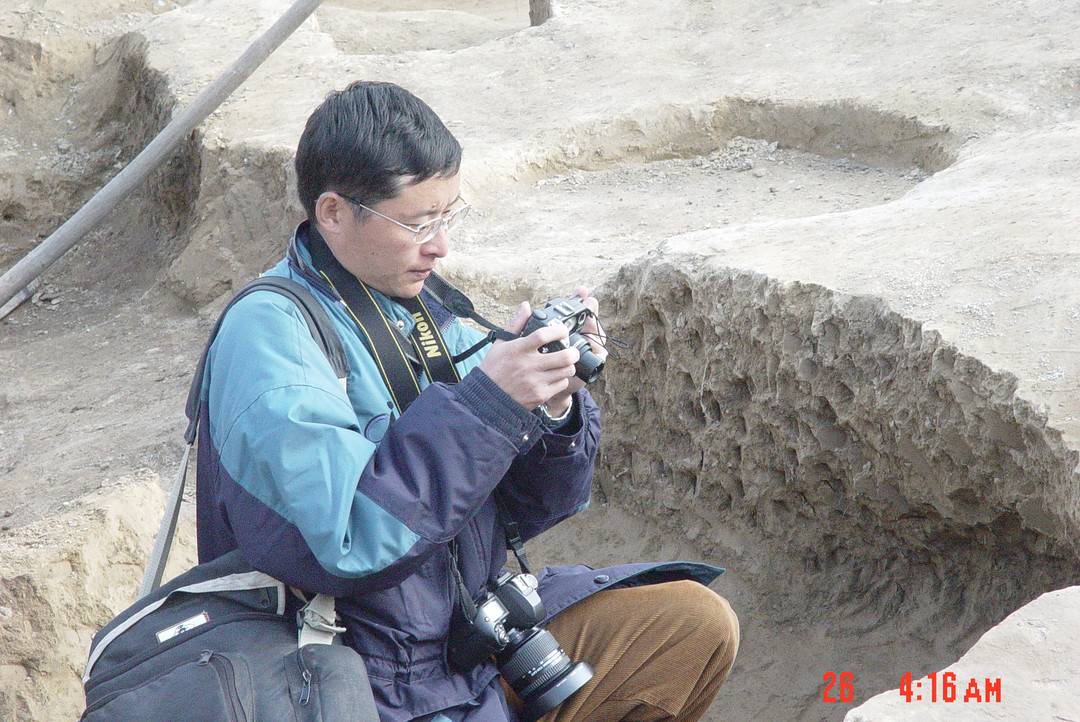
Chen Jian is over 50 years old, and it is not easy to settle in his office. Books and materials are filled with bookcases, and there are higher books stacked on the ground. In the corner of the door, there are also pottery waiting for finishing. A table, a sofa, about ten square meters of office was stuffed.
He is a gentle scholar. He has participated in the excavation at the Panshan site in 2000. It has passed 22 years and has written 6 monographs. It is these studies that the historical fragments of the upper reaches of the Minjiang River have gradually appeared.
Chen Jian said that now, from the perspective of archeological discovery of the northwestern Plateau, civilization in the Yellow River Basin is indeed an important source of ancient Shu civilization: Yangshao culture from the Central Plains region has a profound impact on the source of ancient Shu.
As the development highland of Yangshao culture, the middle and upper reaches of the Yellow River have produced a radiation and conduction effect on the surrounding area. "The transmission of Yangshao Culture to Sichuan seems to be 'wave -style." Chen Jian said that the existing archeological discovery confirmed that about 6000 years ago, the Boede site ushered in a group of residents. Around 5500, there was a wave of pouring in the Panshan site. About 5000 years ago, the third time in Yingpan Mountain ushered in a certain scale.
Some ancient environmental scholars believe that they leave the Central Plains outward due to abnormal climate. Some scholars believe that such a phenomenon is related to the rapid development of population culture at that time and relative excess population.
Regardless of the reason, Sichuan and Yangshao Culture from the Central Plains are getting closer and closer in waves of waves. Chen Jian believes that the far -reaching significance of this exchanges is that the upper reaches of the Minjiang River has become a cradle to bred the ancient Shu civilization.
Chen Jian said that the general recognition of the academic community is that Baodun culture is the predecessor of ancient Shu civilization, and Baodun Culture moves forward again. Therefore, the Yingguanshan site group should be the proof of ancient Shu civilization.
The great ancestors walked out of the Hengduan Mountains, moved towards the east, gradually embarked on the Chengdu Plain, and continued to spread to the country. From Guiyuan Bridge to Baodun, to Sanxingdui, Sands, and outline the brilliant appearance of the ancient Shu Kingdom.
Cover reporter Dai Zhuxin intern Su Xueqing
- END -
What do you eat today in summer solstice?

-The traditional twenty -four solar terms-Summer solsticeFor the region north of t...
Night reading 丨 The three stages of becoming a strong person need to experience: far -sightedness, pragmatism, and precepts of abstinence

Button to listen to audio and audioText/Jingbo GuoxueThere is a saying in China: L...